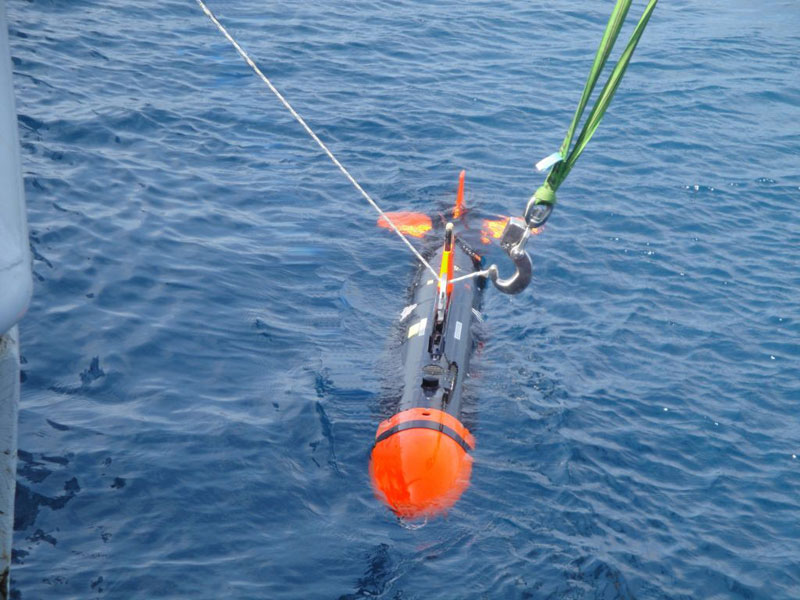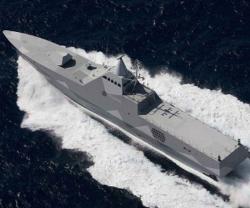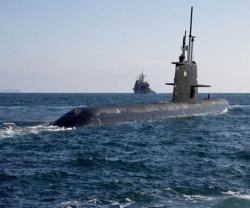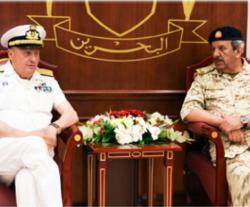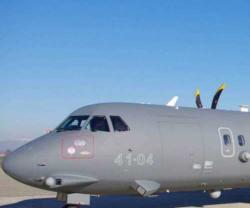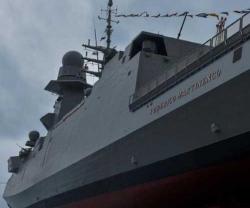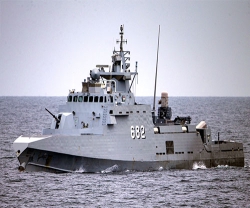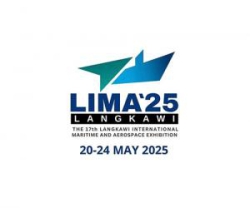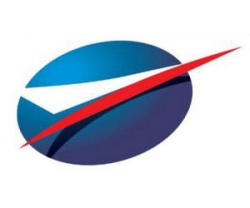The surface of the planet Mars is better charted than the bottom of our oceans. The formidable characteristics of the sea, such as extreme water pressure, darkness and the lack of data transmission channels, limit the possibilities for obtaining measurement data.
Wireless communication underwater is therefore an essential factor in the future research and utilization of the oceans, and still remains a major technical challenge.
Within the scope of studies commissioned by the Federal Office of Bundeswehr Equipment, Information Technology and In-Service Support (BAAINBw), as well as the research and development work of German companies, the foundation for a digital communication network under has been laid over the past few years. In this regard, key roles are being played by the Underwater Acoustics and Marine Geophysics Research Institute (FWG) of the Bundeswehr Technical Center for Ships and Naval Weapons, Maritime Technology and Research (WTD71), the companies L3-Communications ELAC and ATLAS ELEKTRONIK, and the research body Fraunhofer Institute FKIE.
Building up on previous results, important components were incorporated into an international project of the European Defence Agency (EDA), beginning in 2010, with the participating nations German, Italy, Netherlands, Norway and Sweden. This project has the designation RACUN (Robust Acoustic Communication in Underwater Networks); its goal is to develop and demonstrate the capability for establishing an underwater ad-hoc robust acoustic network between several moving and stationary nodes. In the time leading up to 2014, several network protocols were developed and tested at sea with international collaboration.
The high point of the project was the practical demonstration of the technology in May 2014. In the Mediterranean off La Spezia, between Genoa and Pisa, it proved possible to set up and successfully operate a large mobile digital network under the water surface. With a total of 16 communication nodes, the two successfully developed methods were demonstrated at sea to observers from the various nations.
For these trials, the research ship “Planet” of WTD71 was used to deploy the autonomous underwater vehicle “SeaCat” of the company ATLAS ELEKTRONIK. This robotic mini-submarine scanned the seabed with its sonars and immediately reported the location of submerged objects of interest, e.g. wrecks, to the underwater network. Via a gateway buoy in the communication network, these data were received by acoustic means and forwarded to a shore station by radio.
Thanks to the key technology developed in the RACUN project, a significant basis has been created for underwater communication, with the prospect of achieving further advances in the utilization and exploration of the oceans.
RACUN is being carried out by a consortium consisting of various European companies and institutes under the lead management of ATLAS ELEKTRONIK. The project partners include FWG, L3 Communication ELAC Nautik, Fraunhofer FKIE, Develogic, FFI, Kongsberg, FOI, SAAB, TNO, CSSN, the University of Padua, WASS and Cetena.
